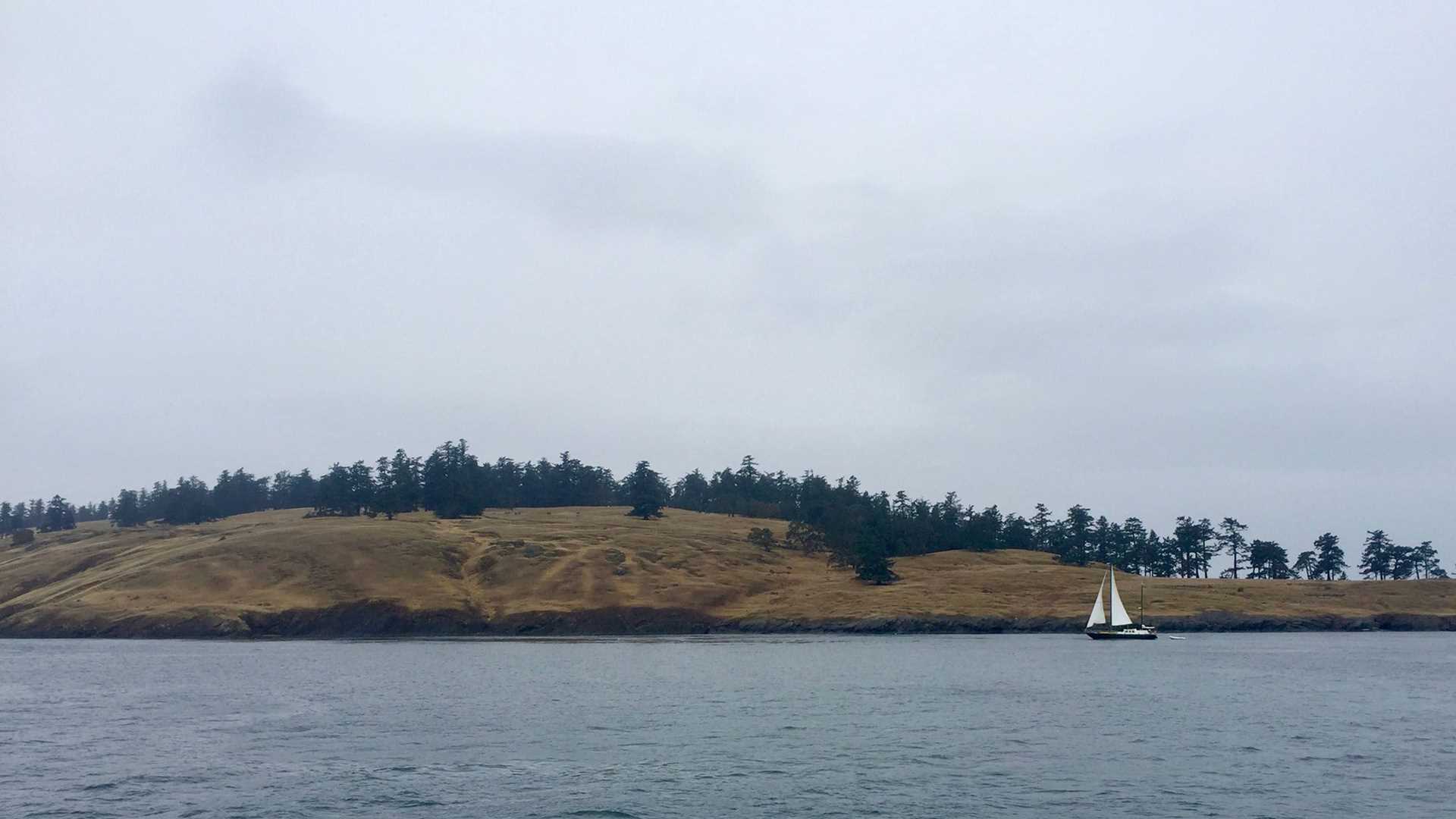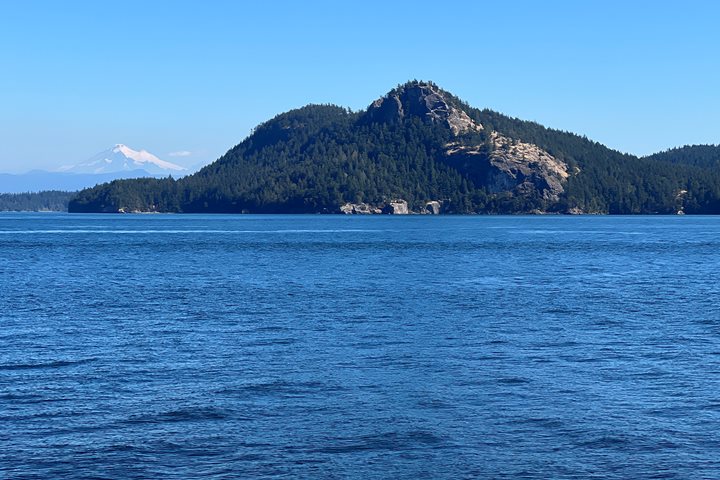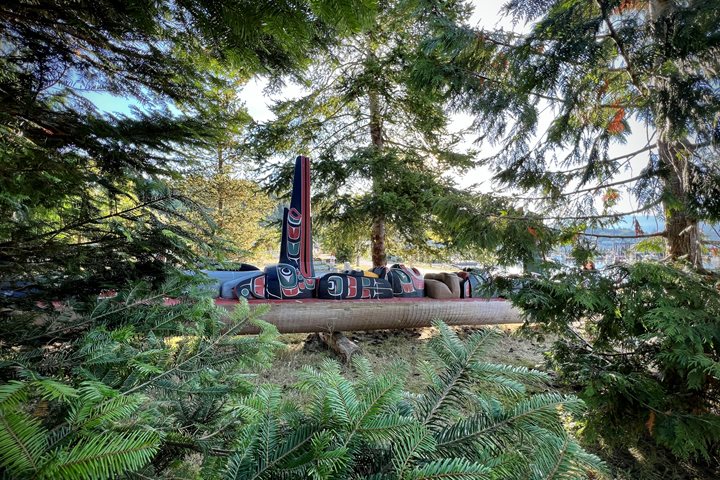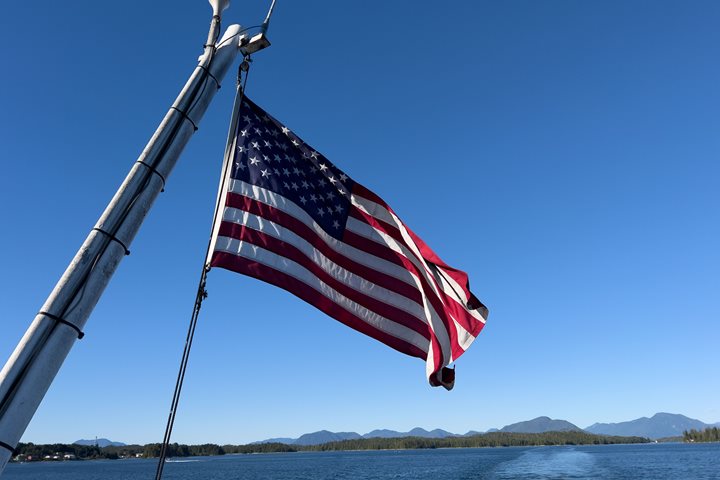After more than 1,700 nautical miles through southeast Alaska and along the coast of British Columbia, the National Geographic Sea Bird and our ship’s company have reached the final underway leg of this southbound voyage. The scenery has been moody but breathtaking; the First Nations cultural sites, arts displays, and community visits inspiring; the wildlife abundant and ever-dynamic. We sailed the Strait of Georgia during the morning, cleared United States customs in Friday Harbor, and continued on overnight to our last port, Seattle.
Friday Harbor, the largest town in the San Juan Islands, is the former home of steam-driven sawmills supporting regional lumber demand and ship building. Canneries processed salmon and shellfish while a creamery converted the products of local dairies into thousands of pounds of butter each month. Wharves and warehouses stored island grains, fruit, and livestock until they were transported to Seattle, Vancouver, and ports beyond. Today, many visitors to the San Juan Islands arrive by personal vessel or ferry; the bustling yet character-filled waterfront retains a strong link to the marine environment, wildlife, and the unique opportunities offered by island life.
The endangered southern resident killer whales are some of the best studied marine mammals in the world. Observed primarily in the central Salish Sea and near the San Juans, scientists regularly investigate their family connections, behaviors, distinguishing features, and health status. This group added ten calves to their numbers in the last few years—an exciting development for the community (orca and human). Although, tracking their growth highlights ongoing challenges with regards to food resources, maternal health, and environmental stressors. On multiple occasions today, we observed these fish eaters working together to locate and catch salmon, then sharing the results of their hunt with immediate family members – a wonderful conclusion to this spectacular expedition.







